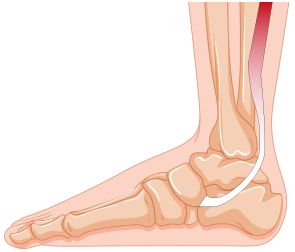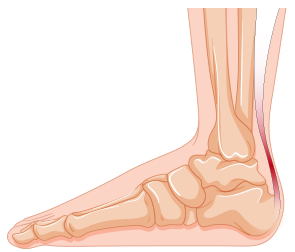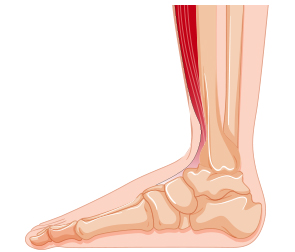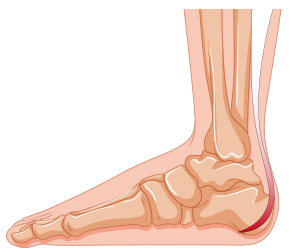Tibialis Posterior Syndrome
This structure is located behind the tibia and runs down to the inside of the foot around the boney prominence (medial malleolus) on the inside of the ankle. The injury is characterised with pain behind the medial malleolus and down to where the tendon inserts into the foot. Patients with a pronated foot type are more prone to developing this injury.





